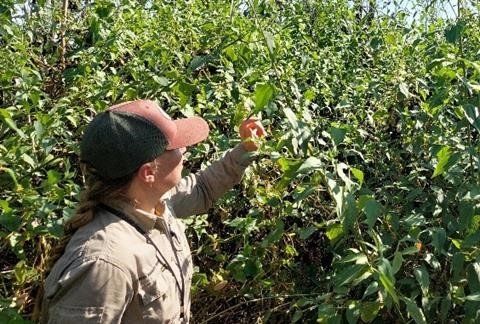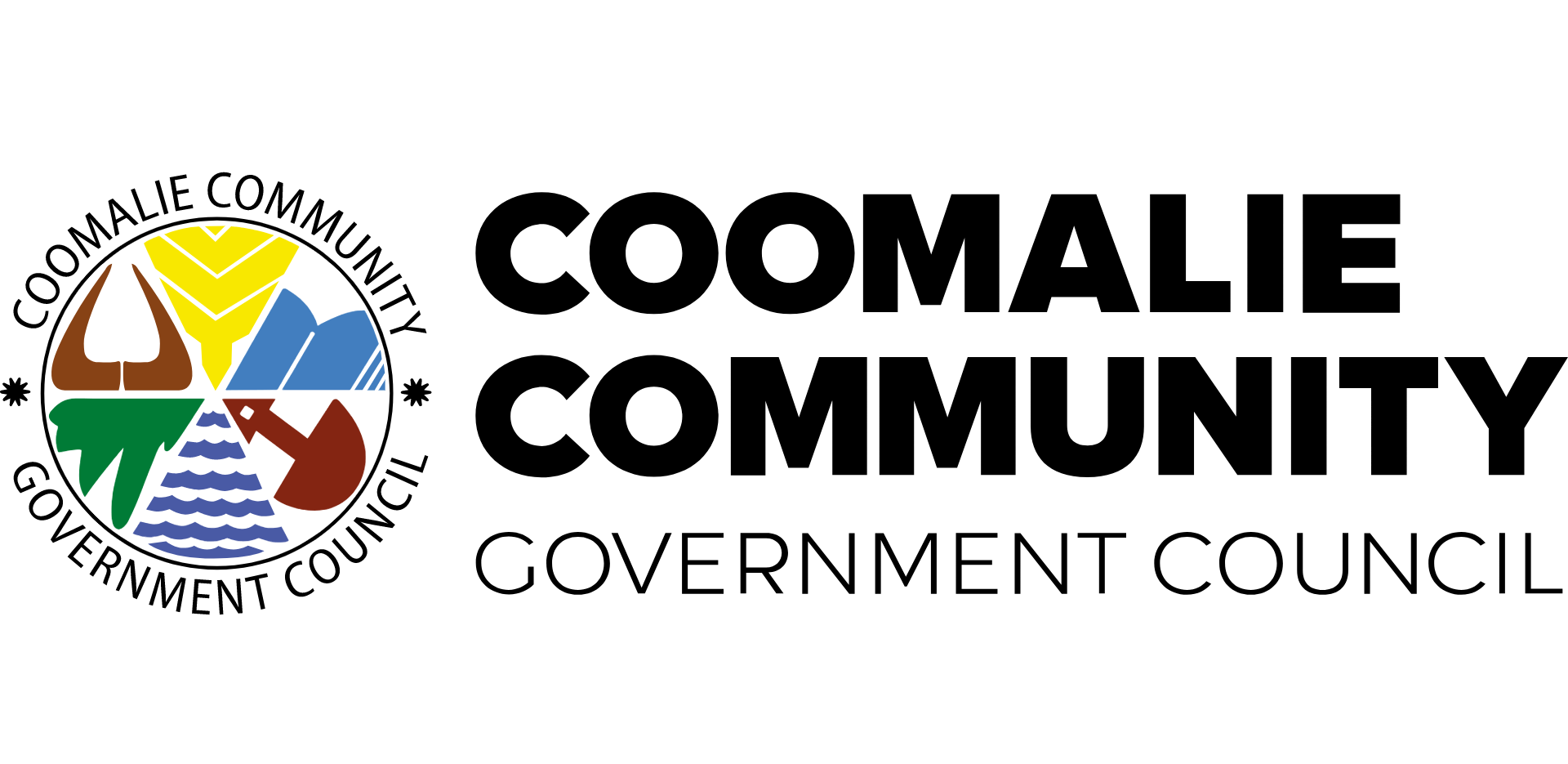Siam Weed
Update October 2022
Since the last newsletter in June 2021, there has been a significant range extension of Siam weed. This follows aerial surveys conducted during the Siam weed flowering season by the Weed Management Branch in 2021 and 2022. Siam weed is now known to be present on 11 properties in the Top End (compared with 3 in June 2021). The current known infestations sit over approximately 9,500km2 of the western Top End, with the furthest infestation now sitting over 100km from the first recorded infestation.
Based on this range extension of Siam weed, its eradication from the NT is not considered to be technically feasible. The reasoning for this is due to the extensive distances between infestations, the multiple means of seed spread, and the remote and rugged terrain that Siam weed now occupies.
Accordingly, the Northern Territory Government’s Siam weed emergency response has transitioned to ongoing management.
Government funding
Over the last 18 months, the Weed Management Branch has successfully secured Australian Government funding for two projects under the research and control streams of the Federal Funding Agreement for Enhancing National Pest Animal and Weed Management. Each of the projects has an assigned project officer. Tom Price took on the research role in August 2021, and Shelley Inglis commenced in an on-ground control role in September 2022.
Project Update
These 2 projects aim to:
1. Research the best practice and most cost effective tools for land managers to enhance the survey and control of Siam weed across the Northern Australia savannah.
2. Reduce the threat that Siam weed poses to Northern Australia by designing and delivering a targeted and coordinated Siam weed control program to contain core infestations and eradicate outliers in the Northern Territory.
Tom’s current research trial is underway by refining the aerial control techniques to determine the best aerial control methodology for Siam weed. Trials are aimed to determine:
- the most effective and cost efficient use of herbicide and wetter mixes
- refinement of chemical and application per hectare
- the best timing for control when taking into account seasonal factors
- incorporation of savannah burning practices to achieve better results
Research is also looking at providing land managers with a suite of different ground control options depending on the infestation scenario. These include:
- chemicals and application times for low-volume, high-concentration splatter guns
- trialling of soil applied residual herbicides
- how best to incorporate savannah burning into ground control programs.
Treatments will be assessed to determine how effective they are, the costs of one treatment vs another and their potential for off target damage. The end goal of the project is the development of an integrated Siam weed management manual for landholders based on these research results. The project is due to conclude mid-2023.
Meanwhile, Shelley will be working with affected landholders and stakeholders conducting ongoing survey, mapping and control of Siam weed through until mid-2025. Priority will be the eradication of outlying infestations and containment of core infestations as well as delimitation surveys to determine the full extent of its range.
The project officers and the wider Weed Management Branch look forward to working with affected landholders and the wider community to implement the two federally funded projects above, helping to reduce the threat of Siam weed to the Northern Territory.
For more information contact Thomas.Price@nt.gov.au or Shelley.Inglis@nt.gov.au.
From Nigel Weston, Incident Controller, October 2022














